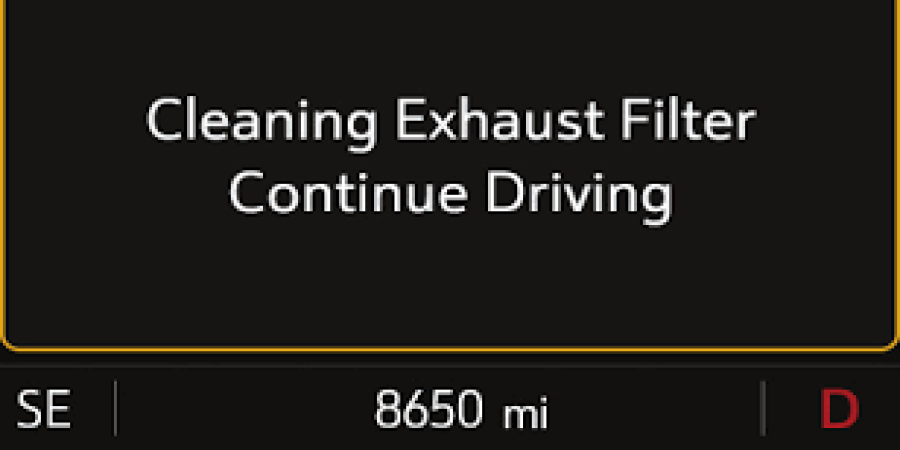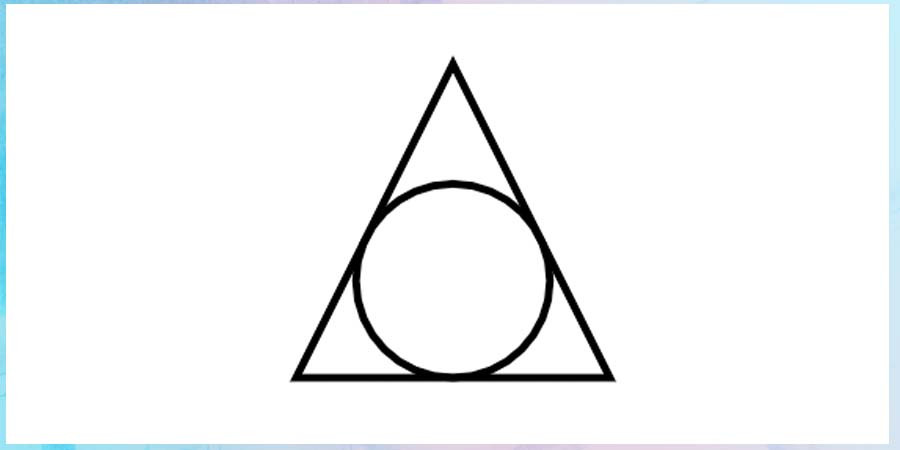

Understanding the Message: Cleaning Exhaust Filter Continue Driving
Modern diesel vehicles are equipped with a Diesel Particulate Filter (DPF) that traps soot and other harmful emissions. Periodically, the DPF needs to "regenerate" to burn off trapped pollutants. This message indicates an active regeneration cycle and offers specific driving instructions.
What Happens During Regeneration
- High Heat: To clean the filter, the engine will raise exhaust temperatures significantly to burn off the trapped soot.
- Two Types of Regeneration
- Passive: Occurs automatically during higher-speed highway driving.
- Active: If passive regeneration can't be completed, the car will initiate an active cycle, often when you're driving around town. This is when you might see the message.
Why You Need to "Continue Driving"
- Incomplete Cycle: If you stop the vehicle mid-cycle, the regeneration process can't finish. This can lead to filter clogging and potential performance issues.
- Recommended Driving: Typically, the car's computer will guide you to drive at steady speeds for around 15-30 minutes. This allows the regeneration to complete fully.
What Happens If You Ignore the Message?
Repeatedly interrupting the regeneration cycles can have consequences:
- Warning Lights: The Check Engine Light might come on, indicating a problem with the emissions system.
- Reduced Performance: The engine may enter a "limp mode" to protect itself, limiting power.
- Potential Damage: In extreme cases, a severely clogged DPF can cause costly damage.
Important Notes
- Fuel Type Matters: Always use the correct type of diesel fuel for your vehicle, as using the wrong fuel can negatively impact your emissions system.
- Consult Your Manual: For specific instructions and driving recommendations related to your car, refer to the owner's manual.
References
- YourMechanic: Diesel Particulate Filter Regeneration
- DPF Cleaning Specialists: https://www.dpfcleaningspecialists.com/
The Takeaway
The message "cleaning exhaust filter continue driving" is an important part of diesel vehicle maintenance. Understanding its meaning and following the recommended driving guidelines ensures the proper functioning of your emissions system.
Popular articles

Apr 11, 2024 07:40 PM

May 25, 2024 08:09 PM

Apr 11, 2024 07:22 PM

Apr 10, 2024 07:59 PM

Mar 14, 2024 07:53 PM
Comments (0)